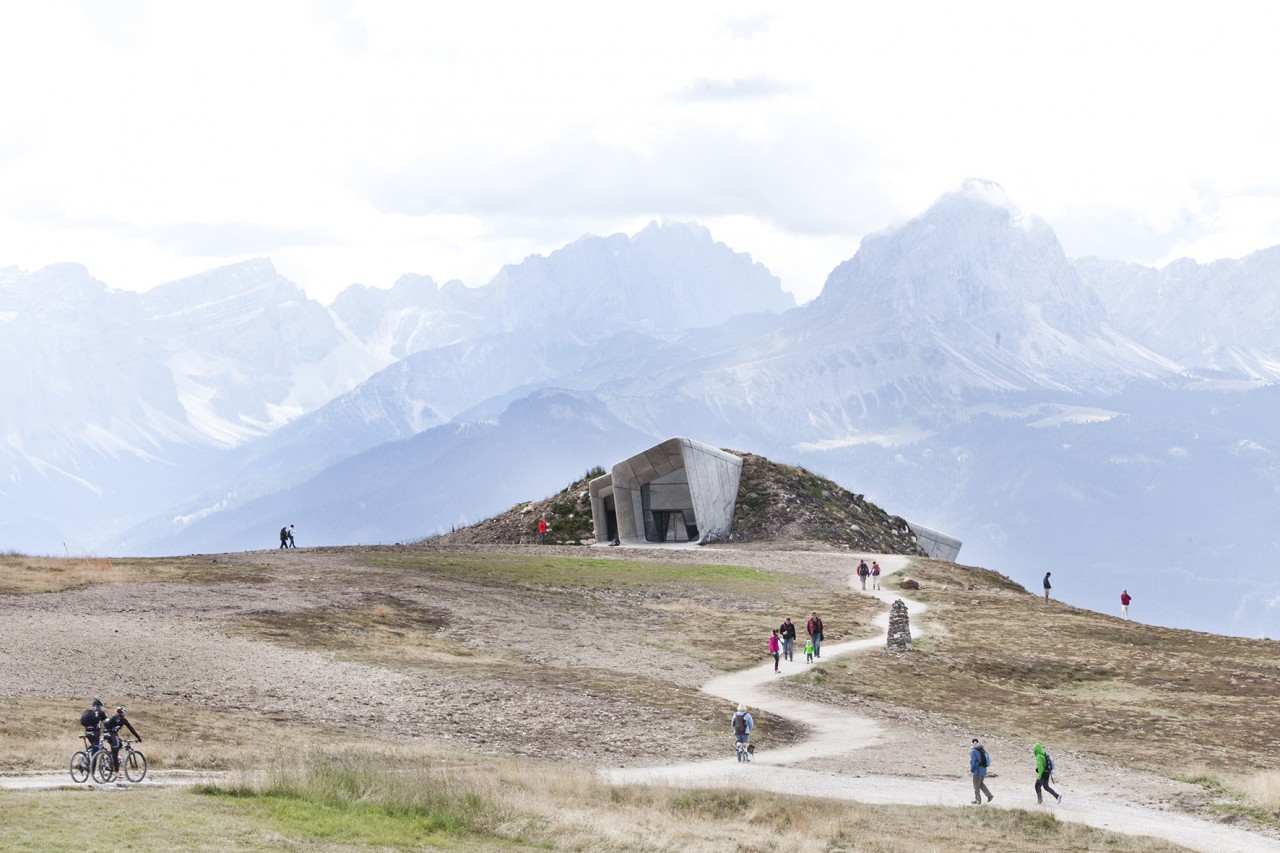Internationally acclaimed architect, Dame Zaha Hadid was the first woman to receive the Royal Institute of British Architects (Riba) Gold Medal in recognition of her work. Her designs have been commissioned around the world, including Hong Kong, Germany and Azerbaijan.
Zaha Hadid died yesterday following a heart attack in a Miami hospital, where she was being treated for bronchitis. She was 65.

Author and architecture critic for The New York Times Michael Kimmelman reported that her “soaring structures left a mark on skylines and imaginations around the world and in the process reshaped architecture for the modern age.”
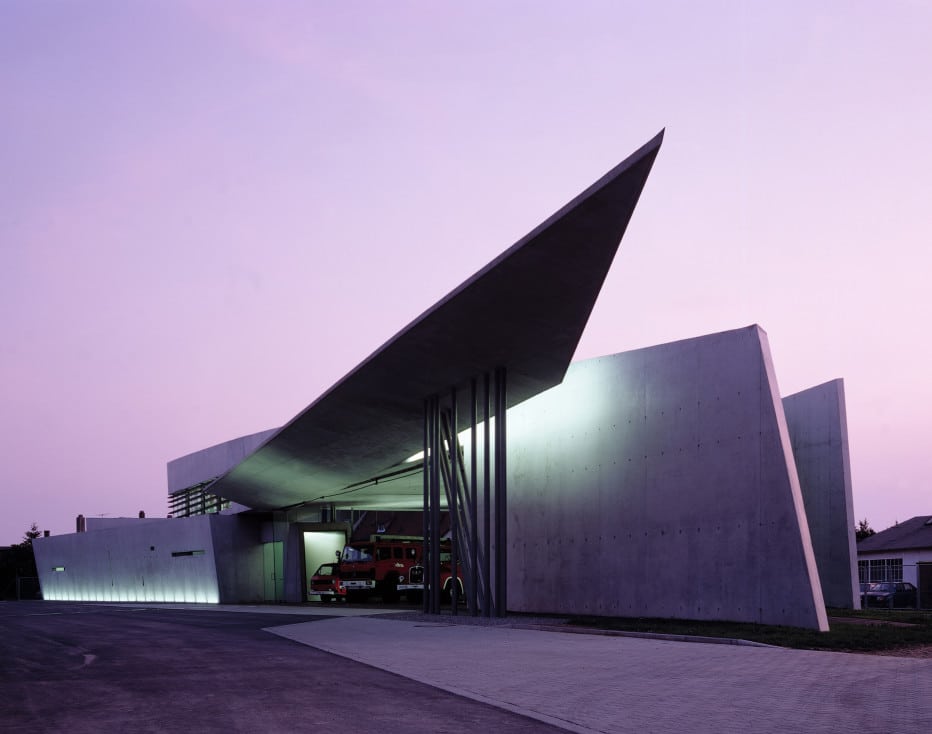
Hadid Architects website explained that it was “conceived as the endnote to existing factory buildings, the Vitra Fire Station defines rather than occupies space – emerging as a linear, layered series of walls, between which program elements are contained — a representation of ‘movement frozen’ – an ‘alert’ structure, ready to explode into action at any moment.”
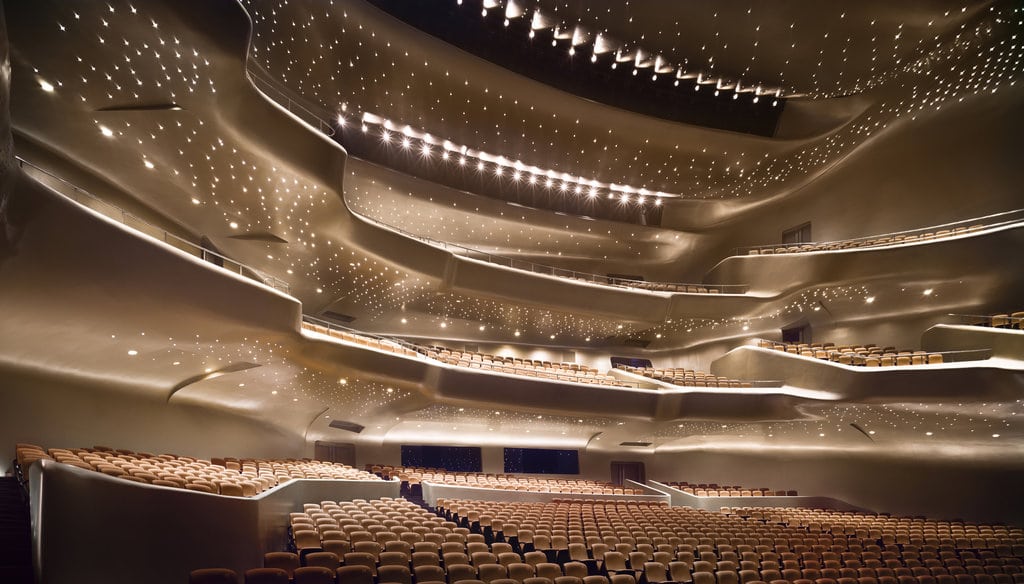
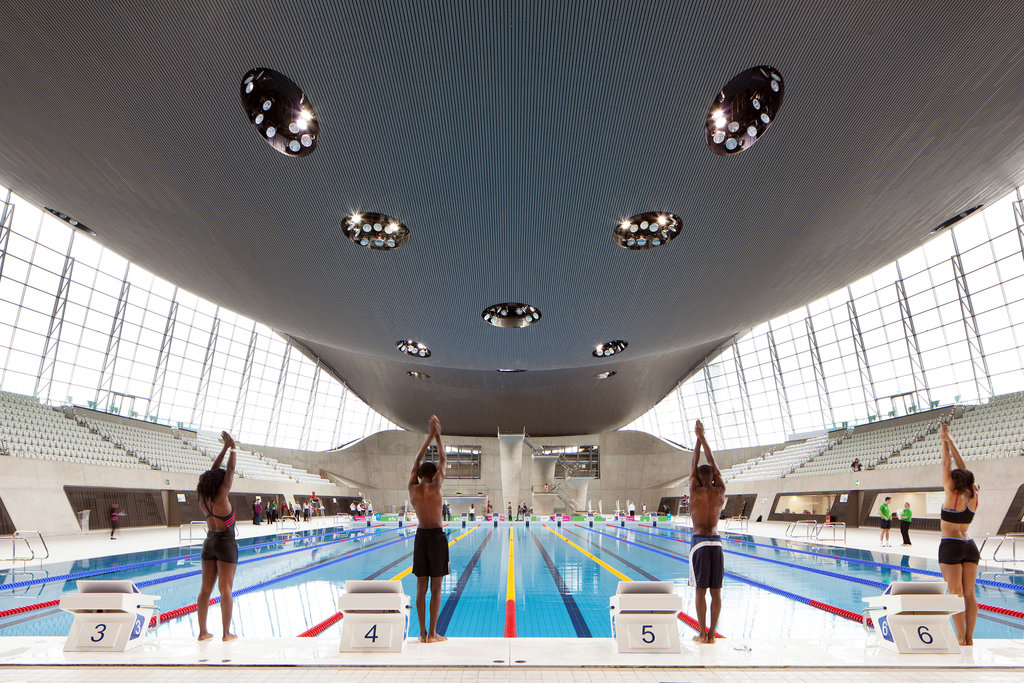
Michael Kimmelman when on to say in an article that appeared today [April 1, 2016] in The New York Times that “[Zaha Hadid] was not just a rock star and a designer of spectacles. She also liberated architectural geometry, giving it a whole new expressive identity. Geometry became, in her hands, a vehicle for unprecedented and eye- popping new spaces but also for emotional ambiguity. Her buildings elevated uncertainty to an art, conveyed in the odd ways one entered and moved through those buildings and in the questions her structures raised about how they were supported.”
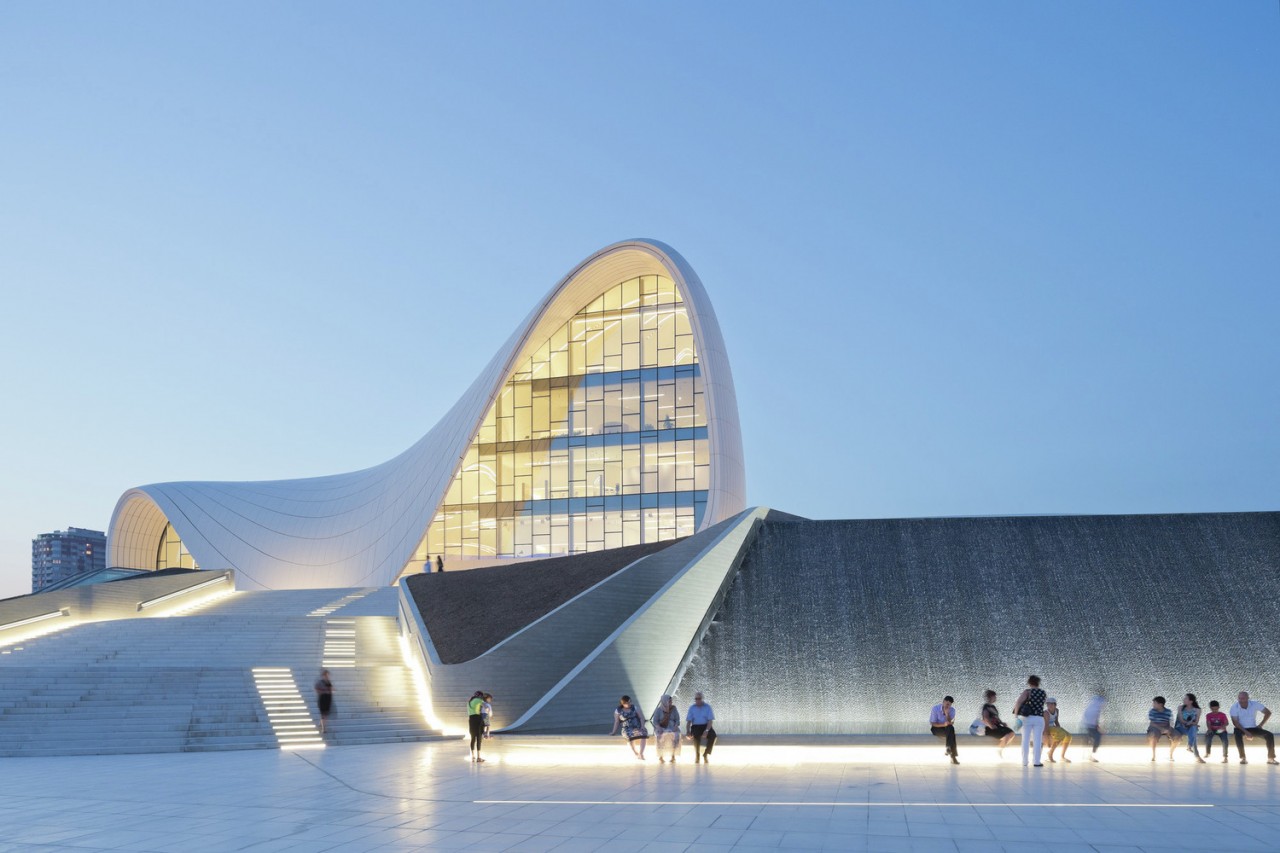
Dame Zaha Hadid’s legacy will prove what can be done; that you can be a Baghdad-born British citizen who can cut through all the red tape, all the machismo, all the macho behavior and become an internationally-respected architect who creates buildings which will stand the test of time.
